What’s it like to holiday in a ‘green’ destination right now and is it worth the testing hassle?
Portuguese island Madeira is one of a handful of ‘green’ tourist destinations
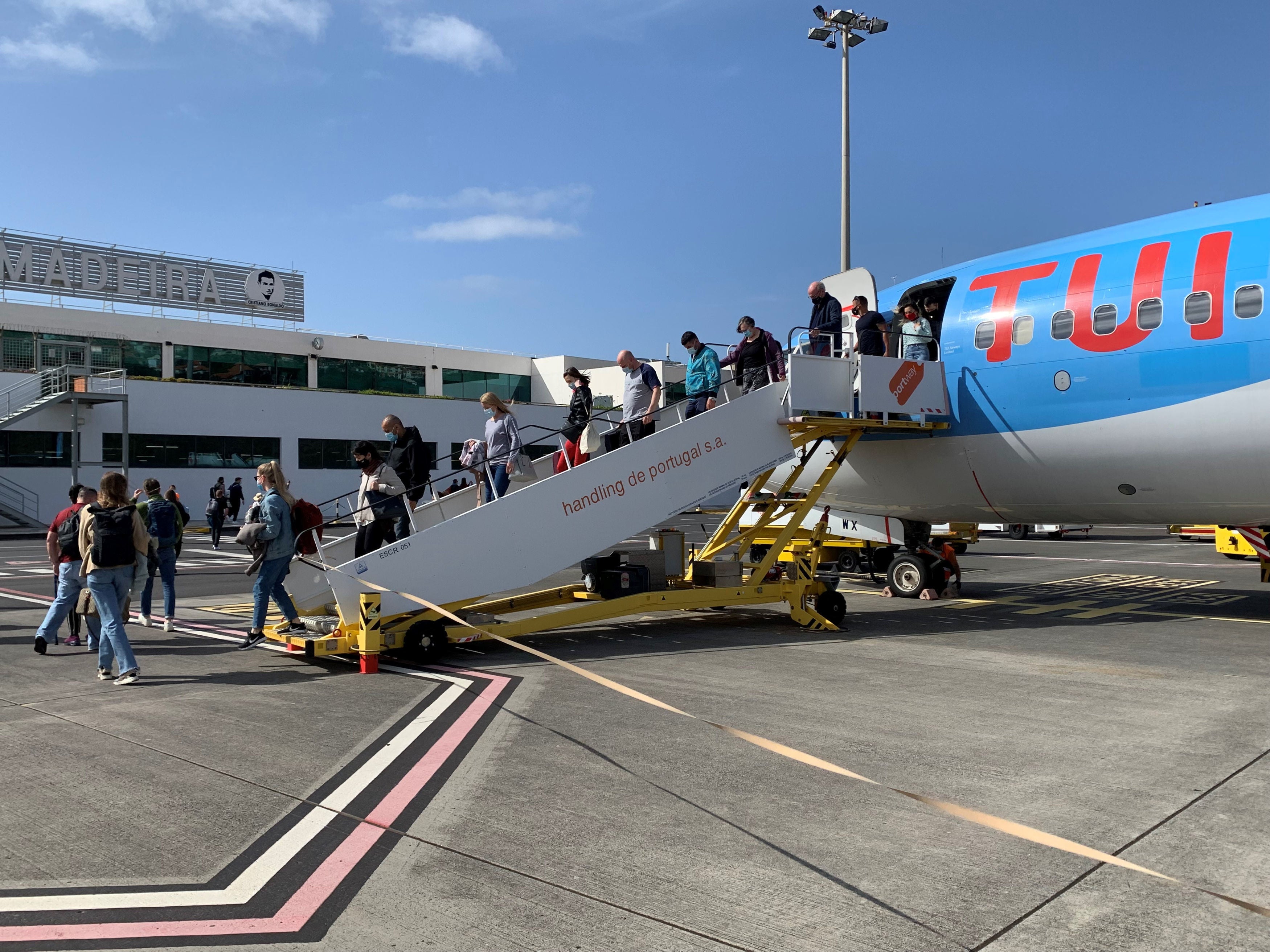
Your support helps us to tell the story
From reproductive rights to climate change to Big Tech, The Independent is on the ground when the story is developing. Whether it's investigating the financials of Elon Musk's pro-Trump PAC or producing our latest documentary, 'The A Word', which shines a light on the American women fighting for reproductive rights, we know how important it is to parse out the facts from the messaging.
At such a critical moment in US history, we need reporters on the ground. Your donation allows us to keep sending journalists to speak to both sides of the story.
The Independent is trusted by Americans across the entire political spectrum. And unlike many other quality news outlets, we choose not to lock Americans out of our reporting and analysis with paywalls. We believe quality journalism should be available to everyone, paid for by those who can afford it.
Your support makes all the difference.It wasn’t the traditional holiday scene: an eerily quiet airport, one half of it shut. I’m no stranger to turning up at dawn to catch a cheap flight to Europe, but this felt different. Five months after my last trip out of the country, I could barely remember what I needed to pack.
After 19 long weeks, international leisure travel finally got the green light from Monday 17 May, under the much-publicised “traffic light” system. A slender list of 12 destinations were deemed “safe”, Portugal the only mainstream holiday country among them. (I’d forgotten to pack my bearskin coat, so South Atlantic islands Tristan da Cunha were sadly out.)
In the run-up to 17 May, airlines and holiday companies piled on more capacity to “green” Portugal, including its islands Madeira and Porto Santo in the Atlantic, to capitalise on what was expected to be a boom in demand.
At 4am at the Tui desks at Gatwick’s North Terminal, it was more of a small ripple of bleary-eyed holidaymakers, shuffling passports, proof of negative PCR tests and various other Covid documentation that will ensure travel doesn’t get back to “normal” for quite some time.
A skinny departures board showed that the very first “green” flights were taking off from 6am, mine included.
I flew to Madeira to find out what holidaymakers can expect from a “green” holiday this summer.
Before the journey
I’d set my alarm for 2am to get to the airport in time for a 6.30am flight, but in reality the journey to the destination took a lot longer.
Madeira, Portuguese-owned but administered separately, demanded a negative PCR test from visitors, taken within 72 hours of travel (or proof of a double vaccine dose, which for passengers from England can be via the NHS app).
There are plenty of high-street pharmacies that will sell holidaymakers a “Fit to Fly” PCR test, either in-store or at home. Boots is currently the most competitive, with in-store testing for just £99.
Tui has partnered with provider Chronomics to provide bargain-bucket prices to consumers: £60 for a package of three tests to a green list destination (one Fit to Fly test; one lateral flow test for entry into the UK; and one day two PCR); or £20 for just the lateral flow and a day two PCR test. All tests are delivered by DPD to your address.
The rub is the timing. Three days is not a long window to get tested if you do your test at home and therefore have to rely on the post to get it back to the lab and receive your results in time.
I’d taken my Chronomics PCR test on Friday afternoon, which was immediately couriered to the lab as part of a special arrangement for this trip, and my results were online early Saturday morning. It sounds easy because it was.
However, Chronomics’ current advice is that if Tui customers book a Fit to Fly PCR test, they drop it off at a selected Tui store to be processed rather than rely on the post.
Fit to Fly results received, the next part was registering with “Madeira Safe”, the country’s official health-tracking app. It wants information such as flight time and hotel details, as well as proof of a negative test, which is then validated by Madeiran officials to spit out an official QR code. My test result was validated in about an hour. Handily, Madeira also offers tourists one free PCR test either on the way in or the way out, although travellers will need to quarantine until they get the result (no great hardship if stuck in a hotel with a lovely balcony).
At the airport
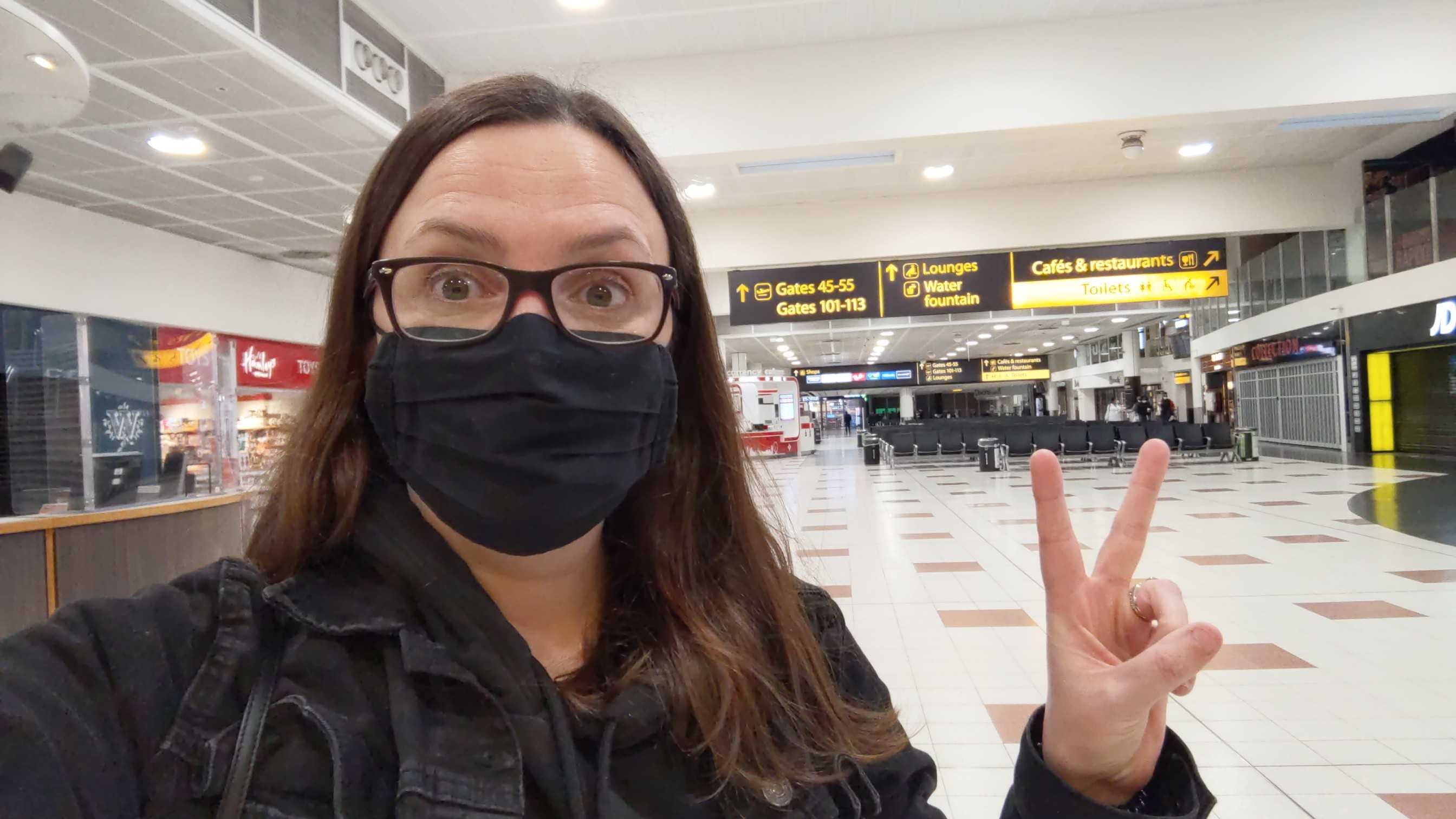
At check-in, I had to show my passport, registration for Madeira Safe (and QR code) and proof of a negative test before being handed my boarding pass.
Gatwick airport is encouraging social distancing, although no seats were blocked off – unlike at Heathrow. Masks must be worn at all times, and there are hand sanitiser stations dotted around the airport.
Duty-free is open, but for those partial to a free spray of the newest perfume before travel, it’s bad news: no open tester bottles are left out due to infection risk.

Aside from that, the whole experience felt very “normal”. Although we were asked to disembark the plane in rows – which makes the whole process feel much more civilised than it normally does.
On arrival into Madeira
On arrival, travellers are funnelled down a “green” channel, where their QR code is checked and legitimised. The whole process took 10 minutes at most, and, thanks to Brexit giving the UK “third country” status, I also got a slightly underwhelming European stamp in my passport. Every cloud...
At the hotel
As you might expect, hotels, which opened officially in England on 17 May, have been quick to bolster their Covid-safe protocols. At the Tui hotel Riu Palace Madeira on the south coast in a town called Canicho de Baixo, added initiatives include hand sanitising stations, one-way systems in restaurants and individual tongs for the buffet (which had mixed results in practice).
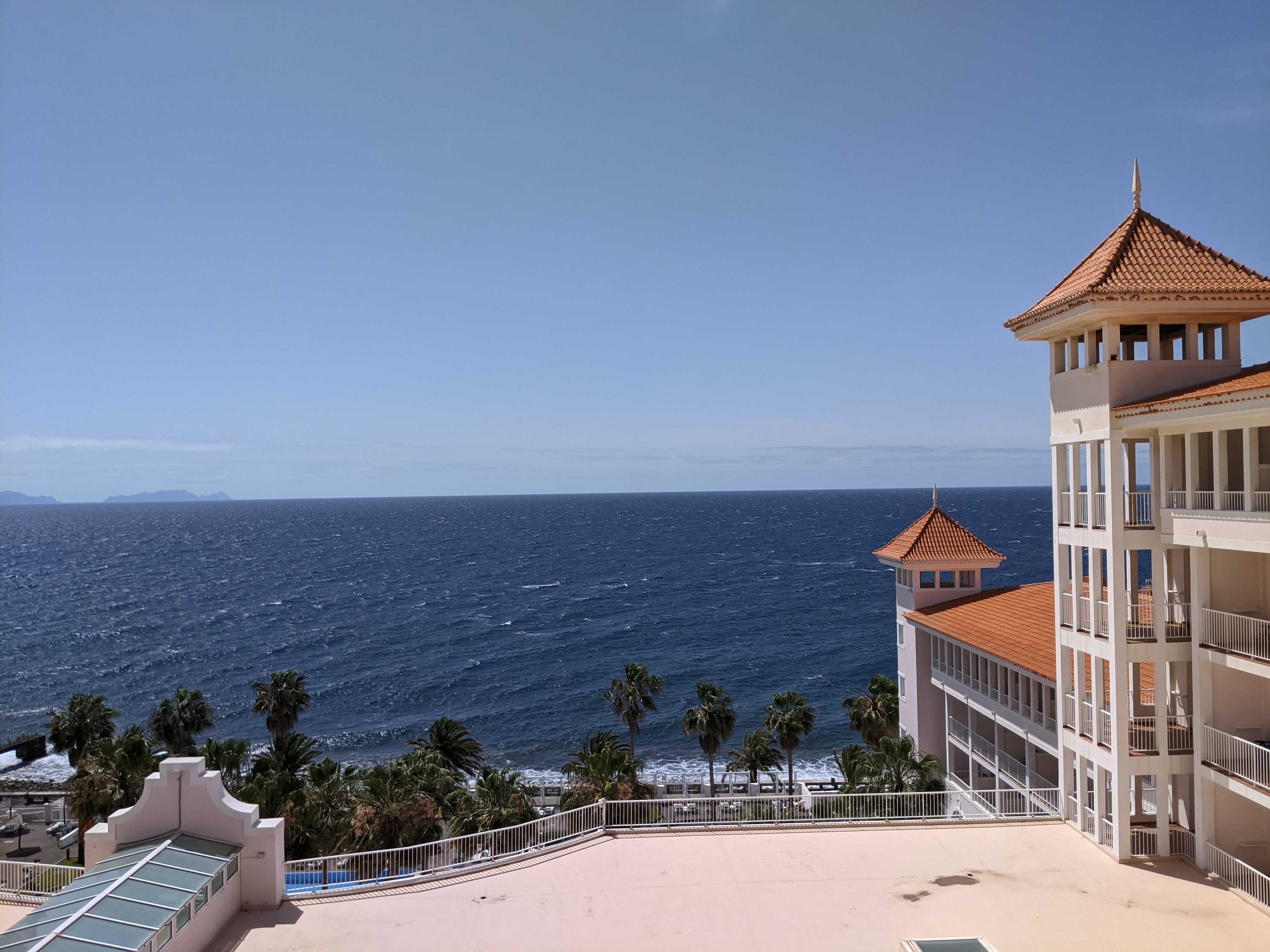
Masks are mandatory everywhere inside in Madeira, aside from when seated to eat or drink and when stationary on the beach or at the pool. Outside the rules are slightly trickier – they’re supposed to be worn when it’s not possible to socially distance, but in reality, most people I saw walking around were wearing them, whether on their own or not.
It’s hard to overstate how pleased the hotel was to see a coach-load of British tourists pull up outside. For a tourism-dependent island like Madeira, the pandemic has been crippling and many smaller hospitality outfits shut to comply with lockdown, never to reopen.
The Riu Palace welcomed a handful of British travellers on day one of travel restrictions easing, but is looking at a bumper few weeks thanks to Madeira’s “green” status.
"Why wouldn’t we go away on 17 May?" a bemused couple from Norwich told me, lounging by the pool. Well, quite.
Before departure back to the UK
The UK government demands a negative test result before departure to the UK, although this can be a lateral flow test or a rapid antigen test.
A self-administered lateral flow test is included as part of Tui’s Chronomics package, with instructions on how to complete it. This test must be packed in holidaymakers’ luggage to take before they return to the UK.
Users have to register the test kit number and the cartridge barcode number on Chronomics’ website, before taking the test – just nasal swabs this time – and registering the result online. The platform requires an image of the negative test, which is then verified by Chronomics and a green “badge” is created in your online account, ready to show to the airline check-in staff.
I’d also recommend taking the actual cartridge with you on the return journey, and take a photo of yourself with the test and your passport – just in case your technology refuses to cooperate.
Likewise, the UK government’s Passenger Locator Form (PLF) needs to be completed and shown to staff at check-in. It must have the reference number of the day 2 PCR test booked on it, which for my test came in a separate email from Chronomics.
The onus for checking passengers have completed the correct forms and procedures is now on the airline check-in staff in the destination; a decision that was made to cut down on several-hour queues seen at the UK ports in recent weeks. Make sure you have internet access to be able to pull up the PLF and proof of the negative lateral flow test and when it was taken.
On arrival to the UK
By the time we landed, late, back at Gatwick, there were no other passengers at border control and the process was – unbelievably – far smoother than normal. As the PLF and my lateral flow test had been checked already in Madeira, the border agent didn’t ask to see it again.
According to UK government rules, a second PCR test has to be taken within two days of arrival. Tui’s testing partner Chronomics delivered my test the day after I returned, so all I need to do now is... do one more nasal swab. I’m still working up to it.
For a startlingly short time spent out of the UK, I needed three tests in total: one demanded by Madeira as I’m yet to be vaccinated, and two from the UK government.
This is no small undertaking for tourists. Although Tui’s Chronomics package offers a cheap headline price (likewise for other operators’ testing packages), it is a lot of hassle, and nasal swabs are never pleasant. The tight turnaround involved in the Fit to Fly test and the demand to receive a result and upload it to the platform is stress-inducing. Likewise, travellers need to ensure they’re comfortable with lateral flow testing and how it works, as these tests are unsupervised – although Tui customers can speak to the rep in resort.
What to actually do in Madeira
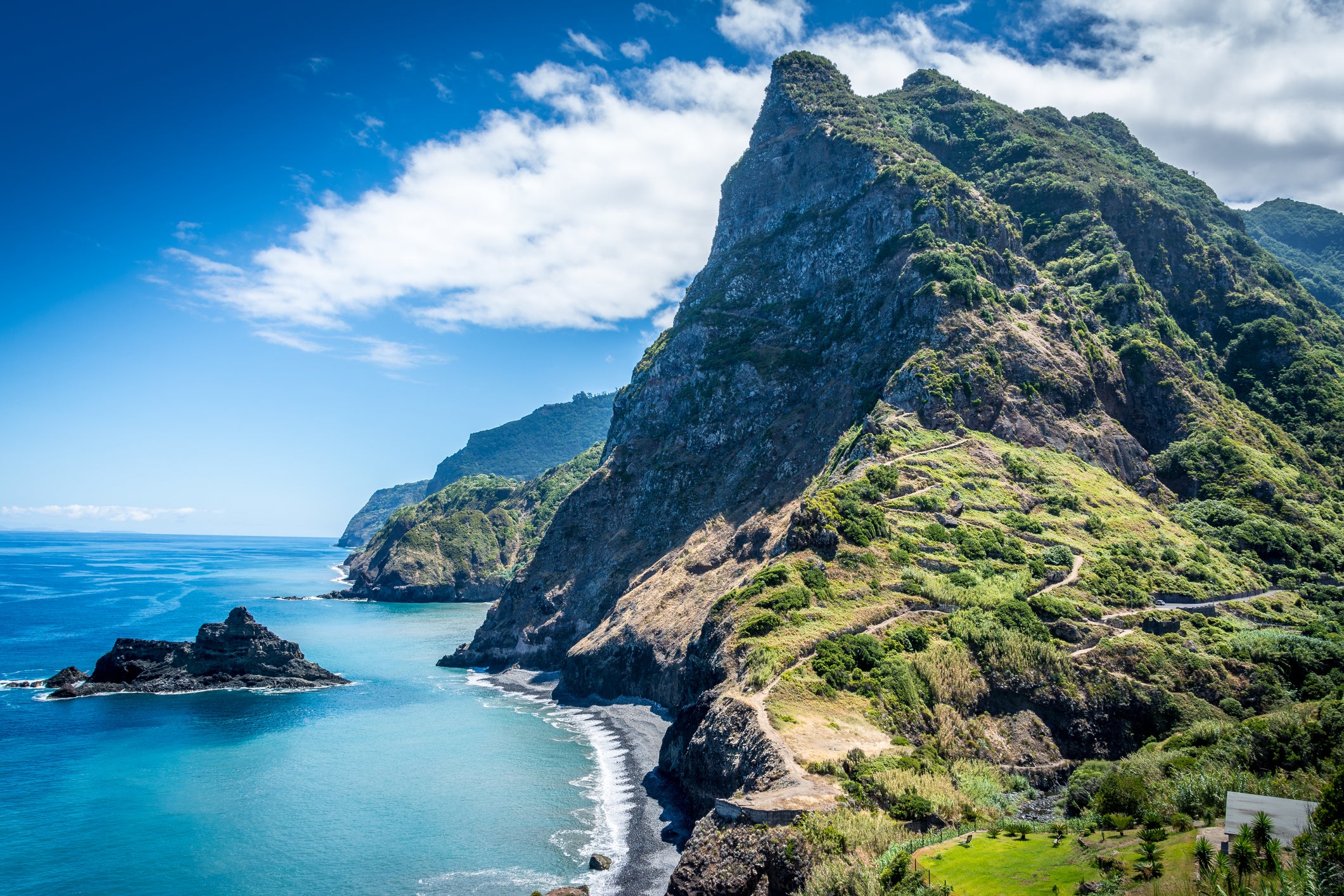
You booked the testing package, checked into the hotel… but what should you actually do on the ground?
Madeira is an adventurous little island, with steep, lush green hills and rocky beaches. There are only two white sand beaches (the rest being black sand), so it’s not the traditional fly and flop destination.
Ride a Carreiro do Monte
These vintage wicker toboggans are the most exhilarating way to race 2km down Madeira’s steep hills. Powered by two carreiros wearing hefty rubber-soled shoes and traditional straw hats, the baskets used to be used to transport fruit and vegetables from Monte (meaning mountain) down to the capital Funchal. The only way I can describe it is like a slightly out of control waltzer.
Sail up the mountain in a cable car
The most effortless way to get up to Monte is by cable car, which shimmies 3,000m up the mountain from Funchal. The ride itself provides some stunning views: across the Atlantic Ocean, all blue and wild; and over the top of orange-roofed houses and green terraces growing fruit and vegetables.
Walk the levadas
Due to my nosebleed-speed visit, I didn’t get the chance to walk one of Madeira’s levadas, a deep channel, typically for irrigation, that cuts through the mountains. Best I got was peering at one from the coach.
Marvel at the Cabo Girão Skywalk
Staring 580 metres down through a glass floor isn’t everybody’s idea of a good time, but it’s quite an impressive sight. From the Cabo Girão Skywalk, views across Funchal, the ocean and the Islas Desertas (the Ronseal of islands – the only inhabitants are a large spider colony) unfurl.
Book a table at Design Centre Nini Andrade Silva Restaurant
Interior designer Nini Andrade Silva lent her expertise to the eponymous restaurant, right by the cruise ship dock in Funchal (unsurprisingly empty right now). The restaurant is housed in a glass box atop a lifestyle store below selling all kinds of uber-cool trinkets and has the best views back over the bay.
Eat skewered meats
Espetadas are the skewers of meat that are a hallmark of the Madeira islands. Dressed in salt, laurel leaves and a lot of garlic, the skewers are hung from metal hooks on the table, and drip juices onto the table below. We ate at Vila de Carne in Funchal, but that’s just one of many places to try this speciality.
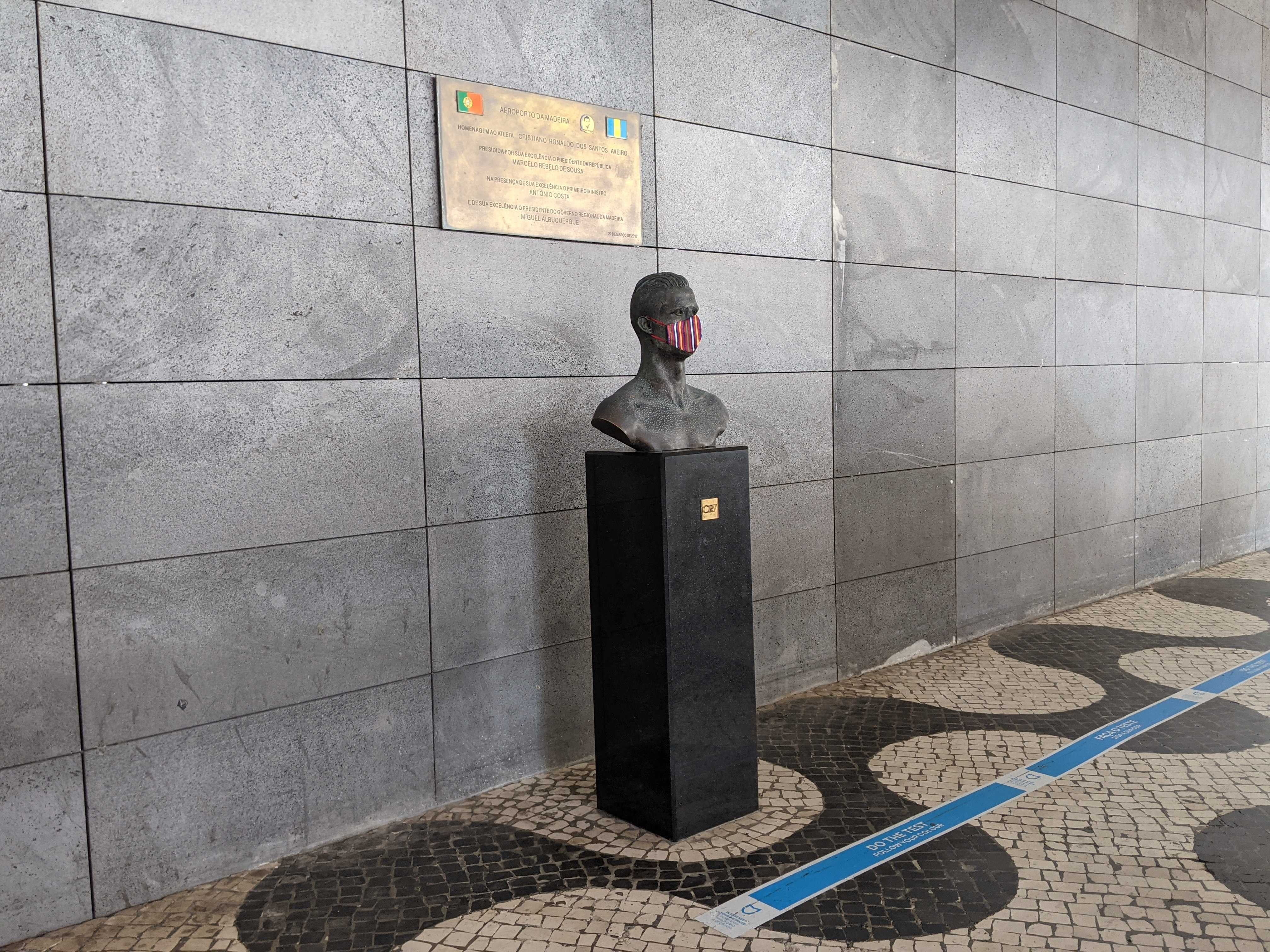
Gawp at the Ronaldo sculpture
Madeira’s most famous son, Ronaldo, is immortalised in bronze outside arrivals at the airport (currently wearing a face mask). This statue is not the first iteration, unveiled in 2017 by sculptor Emanuel Santos, which was widely mocked; it’s since been replaced by a better likeness of the footballer.
Join our commenting forum
Join thought-provoking conversations, follow other Independent readers and see their replies
Comments